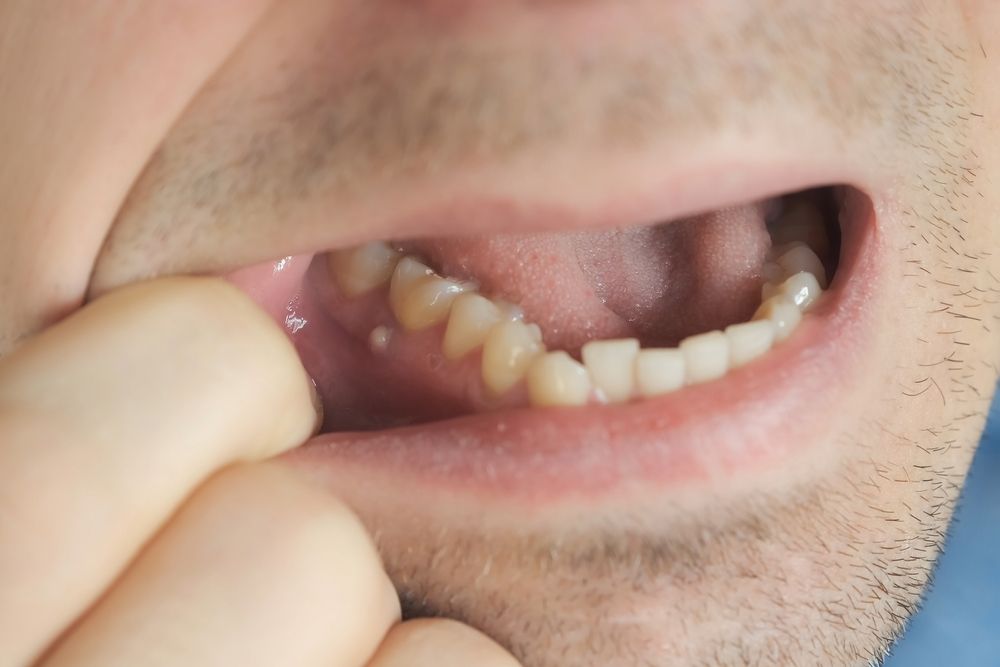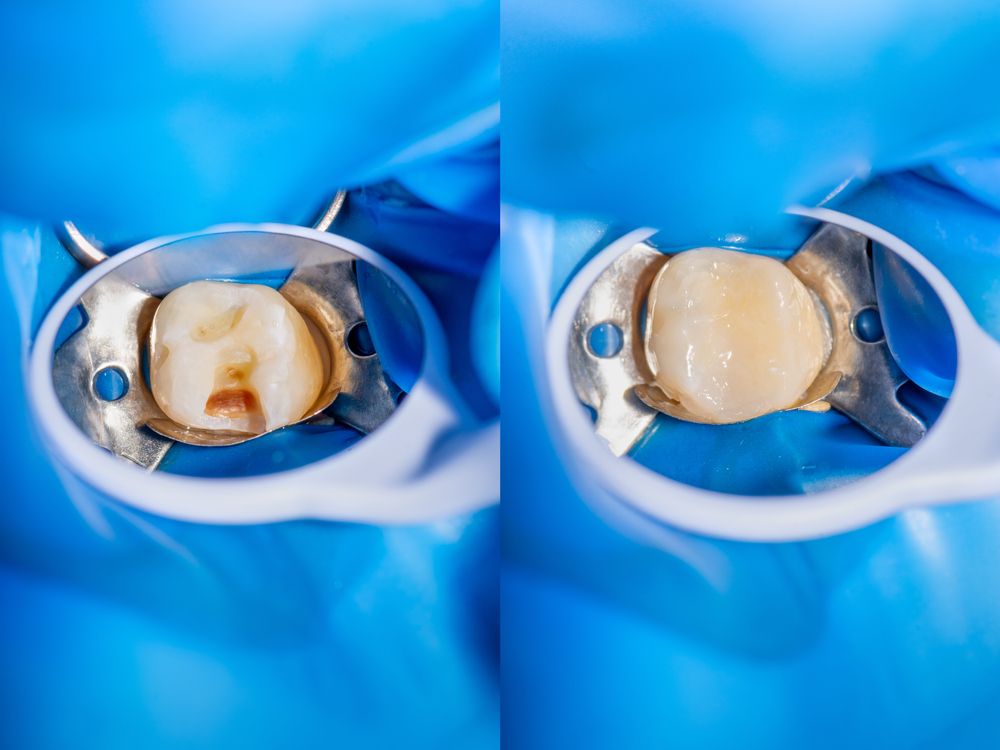Tooth enamel, the hard, outermost layer of our teeth, plays a critical role in oral health. This resilient substance protects our teeth from decay, physical damage, and the effects of daily wear and tear. Understanding the science behind tooth enamel and how to protect it is essential for maintaining a healthy smile.
What is Tooth Enamel?
Tooth enamel is the hardest substance in the human body, even stronger than bone. It is composed primarily of hydroxyapatite, a crystalline structure made of calcium and phosphate. This composition gives enamel its incredible strength and durability. Enamel covers the visible part of the tooth, known as the crown, and acts as a shield against bacteria, acids, and physical forces.
The Structure of Tooth Enamel
Enamel is a highly mineralized tissue, consisting of approximately 96% minerals, 3% water, and 1% organic material. Its crystalline structure is organized into tightly packed rods or prisms that run perpendicular to the tooth surface. This arrangement contributes to enamel’s strength and ability to withstand the pressure of chewing and biting.
The Importance of Tooth Enamel
Tooth enamel serves several vital functions:
- Protection Against Decay: Enamel acts as a barrier, preventing harmful bacteria and acids from penetrating the inner layers of the tooth, such as dentin and pulp.
- Physical Strength: Enamel allows us to chew and bite food without damaging our teeth.
- Aesthetic Appeal: A healthy layer of enamel contributes to the appearance of a bright, white smile.
Factors That Damage Tooth Enamel
Despite its strength, tooth enamel is not indestructible. Several factors can lead to enamel erosion and damage:
- Acidic Foods and Beverages: Consuming acidic foods and drinks, such as citrus fruits, soda, and wine, can weaken enamel by eroding its mineral content.
- Sugary Foods and Drinks: Sugar feeds harmful bacteria in the mouth, which produce acids that can erode enamel.
- Poor Oral Hygiene: Inadequate brushing and flossing can lead to plaque buildup, increasing the risk of enamel erosion and tooth decay.
- Bruxism (Teeth Grinding): Grinding or clenching teeth can wear down enamel over time.
- Dry Mouth: Saliva helps neutralize acids and remineralize enamel. A dry mouth reduces saliva production, increasing the risk of enamel erosion.
How to Protect Tooth Enamel
Protecting tooth enamel involves adopting healthy habits and making mindful choices:
- Maintain Good Oral Hygiene: Brush your teeth twice a day with fluoride toothpaste and floss daily to remove plaque and food particles.
- Limit Acidic and Sugary Foods: Reduce your intake of acidic and sugary foods and drinks. If you do consume them, rinse your mouth with water afterward.
- Use a Soft-Bristled Toothbrush: A soft-bristled toothbrush is gentle on enamel and gums, reducing the risk of abrasion.
- Wear a Mouthguard: If you grind your teeth at night, wear a mouthguard to protect your enamel from wear and tear.
- Stay Hydrated: Drink plenty of water to help maintain saliva production and neutralize acids in the mouth.
- Regular Dental Checkups: Visit your dentist regularly for cleanings and checkups to detect and address any issues with your enamel early on.
The Role of Fluoride in Enamel Protection
Fluoride is a mineral that plays a crucial role in protecting and strengthening tooth enamel. It helps remineralize enamel by attracting calcium and phosphate ions, making the enamel more resistant to acid attacks. Fluoride can be found in toothpaste, mouth rinses, and some drinking water supplies. Using fluoride-containing products as part of your oral hygiene routine can significantly enhance enamel protection.
Conclusion
Tooth enamel is an essential component of a healthy smile, providing protection against decay and damage. By understanding the science behind enamel and adopting habits to protect it, you can maintain strong, healthy teeth for a lifetime. Remember, regular dental visits and proper oral hygiene are key to preserving your enamel and ensuring optimal oral health.






